Top 5 Mercedes-Benz Engines
Posted on Dec 12, 2021 in Technology | 2 comments
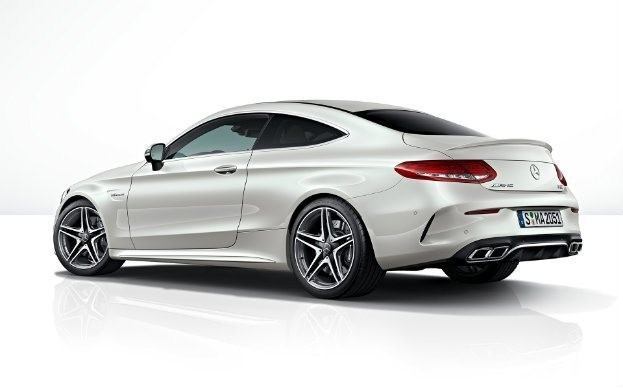
I was driving along Route 19 in McMurray, Pennsylvania several weeks ago and noticed a hot looking German car in the area’s cigar shop parking lot. I have seen so many Mercedes-Benz AMG cars there including, but not limited to, normally aspirated C63 AMGs all the way to the SLS AMG Coupe.
“I bet that gets up and goes,” I thought to myself.
I started thinking about how much power it had and how great their supercharged Kompressor engines were. I wondered about other ultra-strong engines that had enough torque to make pickup trucks blush.
And still throw you back in that comfortable AMG sport seat.
Here is a look at 5 favorite Mercedes-Benz engines.
“Kompressor 55” AMG supercharged 5.4-liter SOHC 24 valve V-8
Applications: E55 AMG, SL55 AMG, CL55 AMG, S55 AMG, and G55 AMG cars and SUVs
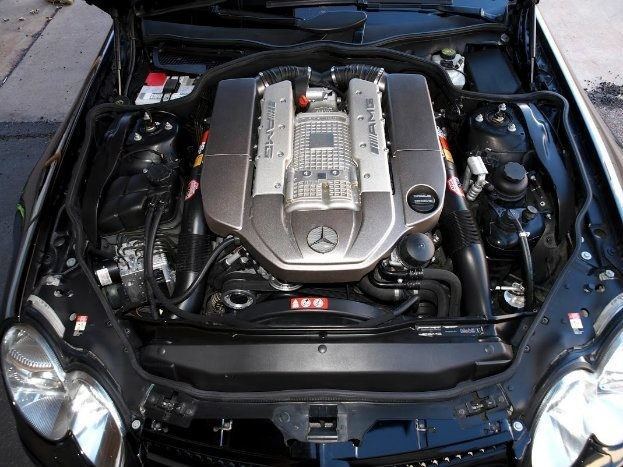
It boasted 469 horsepower (E55) and 493 horses (SL55, S55, and CL55) at 6100 rpm. This engine could rev high for a longer-stroke V-8, of which typically hit walls at 6000 but not so with this monster. It could swing to 6500 without a problem, making it one of the higher revving Mercedes-Benz engines.
I almost forgot about about the ultra-high performance 5.4 liter version in the SLR McLaren coupe! Boasting 617 horsepower and beyond in special edition models, this realized the potential of the beast: churning max power at a 6500 and redlining at 7000 rpm, this V-8 revved as high as any car in the world.
It also pumped out 575 lb-ft of torque at 3250 rpm. The SLR’s watermark was its breaking of the 200 mph barrier, as it was one of the few Mercedes not to be speed limited at at 207 mph v-max. The beefy engine in non-SLR McLaren applications also made 516 lb-ft of torque at 2650; an amazing number back then in contrast the 2006 BMW M5 V-10’s paltry 383 lb-ft at approximately 6000 rpm.
Top speed for these cars were limited at 155 mph. However, with all its torque readily available from a strong and pumped-up charger, they might hit 175 or so with the limiter removed. After several years, the car finally gave way to the division’s replacement, the SLS AMG.
“M275 AMG” AMG twin-turbocharged 6.0-liter SOHC 36 valve V-12
Applications: S65 AMG coupe and sedan, SL65 AMG, CL65 AMG (discontinued) SL65 AMG Black Series, (discontinued) G65 AMG, Maybach 57 S/62 S (discontinued)
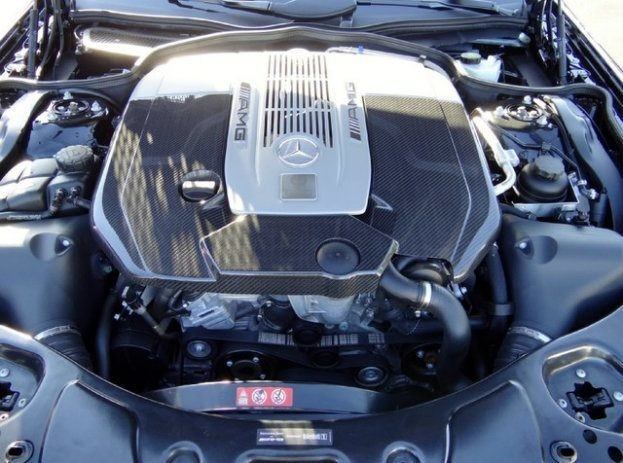
This engine is not necessarily associated with straight-on performance, but rather a high-grade paring for their luxury cars. Nevertheless, demand for this boosted (and possibly more reliable) V-12 has been small but steady since its introduction into the Mercedes-Benz line-up in 2004. Coming straight from the Maybach brand, this boasted a Mercedes-Benz high of 604 horsepower.
It now produces an even mightier 621 horsepower at a train-like 4800 to 5100 rpm!
I think this engine deserves a spot here because of its strong power, but also the immense torque it produces: 738 lb-ft at 2000-4000 rpm. That’s one of the widest torque spans of any gas-fueled car sold in the United States – leave it the AMG folks to build this. No replacement for the engine has been announced as it continues to march on essentially unrivaled in practicality and broadness of vehicle application.
Standard issue 3.0 liter 24 valve inline six
Applications: 300E, C300, SL 320 24 (denoting the 24 valve version), S320, G320
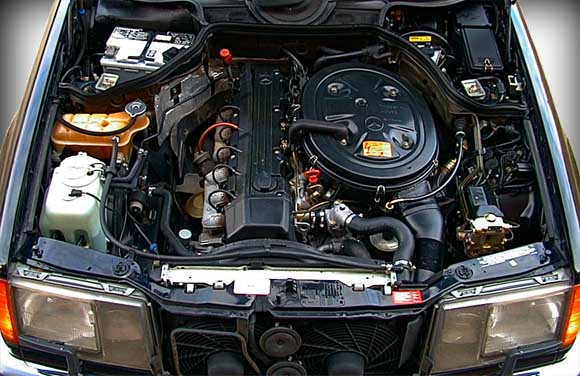
This engine signified a new era for Mercedes-Benz as it began to make similar numbers as the “560” 5.6 liter V-8 engines did in the 1980s. While some may not consider this engine as powerful as the others here, it was smooth, produced good torque, and proved the Dark Ages of the 1980s global car industry were ending.
Pegged as low as 179 horsepower in some markets (which was a lot back then) they were not scorchers but proved to be smoother than other similar-sized engines of that era.
“32” Kompressor supercharged 3.2 liter 18 valve V-6
Applications: C32 AMG sedan, C32 AMG Sport Coupe, SLK32 AMG.

This smaller, quick-spooling engine had something in common with the “55” Kompressor engines: a big, whopping, high-revving supercharger. This engine could quickly spool with other AMG-modified engines as it produced very impressive power/torque numbers.
In fact, these cars still produce excellent horsepower numbers to this day: 349 horsepower and an excellent 332 lb-ft of torque. Like the “AMG 55” V-8 engine of its bigger siblings, this engine was also quoted to rev to 6200 rpm. Because of these numbers, acceleration was outstanding, measuring at 5.2 seconds to 60 mph with a quarter mile time of 13.6 seconds at 106 mph.
Like other Mercedes-Benz cars, the 32 AMG cars hit a top end of 155 mph.
“73” and “70” AMG-only 7.3 liter and 7.0 liter normally aspirated SOHC 36 valve V-12.
Applications: SL70 AMG, SL73 AMG
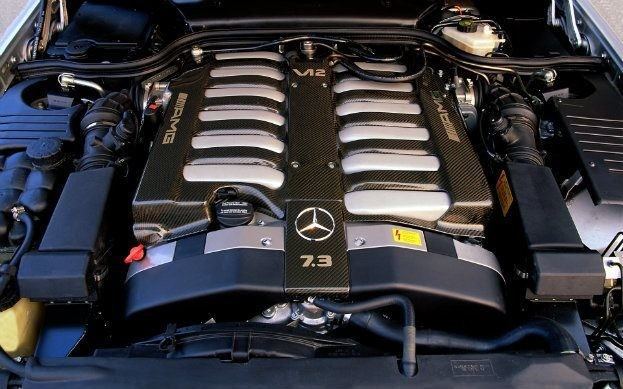
I never heard of these cars until this week. Once again, leave it to the AMG folks to make one of the largest V-12 motors and stuff it into a middle-sized roadster. According to some sources, the 7.0 made exactly 496 horsepower, while the 7.3 developed 525 horses.
The monster SL cars came with enormous wheels that were very similar to the wheels on the SL600 at the time. These are some of the rarest AMG-modified cars and the rarest iteration of the Mercedes-Benz SL.
The engines mentioned here are like a history lesson to me — a loud, powerful, torque-rich lesson at that.
I did not realize how powerful the brand was until after I thought about these wonderful engines as well as the cars at the aforementioned cigar shop in McMurray. I am a young writer and journalism student, and who would have thought I would have experienced this loud and powerful history lesson from driving past a cigar shop? I will probably never own any sort of luxury car – as I have chosen writing and reporting for a living – yet, these powerful engines most certainly make my jaw drop open.





.gif)


S65 AMG is my personal favorite!! Makes me wonder if rich bankers really know what they’re working with there!
Great post 🙂
You’re on drugs…or you’re a bot. Nobody with the slightest Mercedes experience would suggest any of these engines in their top-5.
Not that these 5 are bad, per se, but they can’t possibly hold a candle to the 5-cylinder diesel engines that have run in everything from the legendary 1969 C-111 to the 300SD S-Class of the 80s.
So, without numbing the author with all its variants, I demand you re-write the article to indicate the OM617.951 is the greatest Mercedes engine of all time. Chop the turbo off and make that version #2, lop off a cylinder and make that #3, you get the idea.
“Greatness” you failed to define. The article just looks like what your uninformed, inexperienced wet dream lists in some ridiculous, non-practical order. When any of the engines in this list can cross 500Km without breaking a sweat, you can add them to the top-5. Until then, this list of yours is just a fantasy.